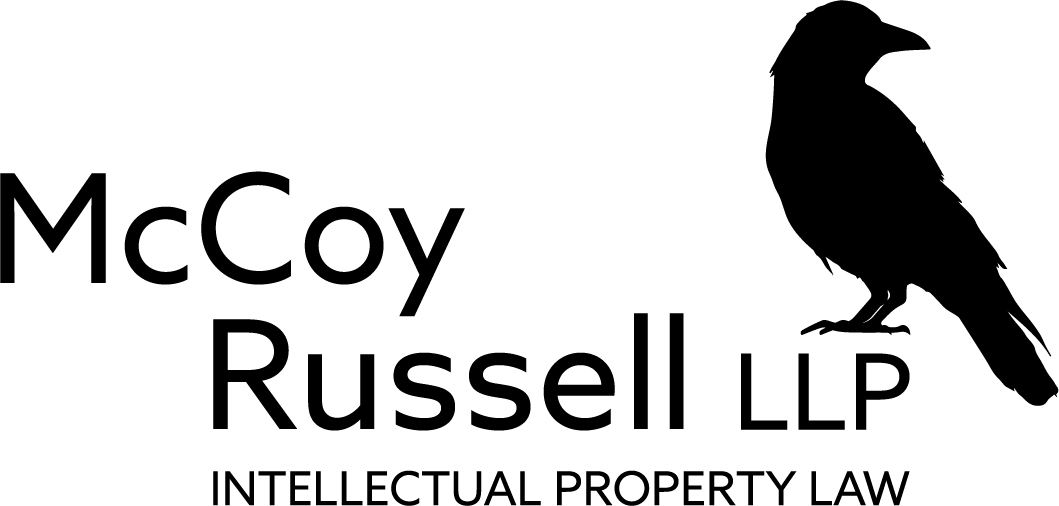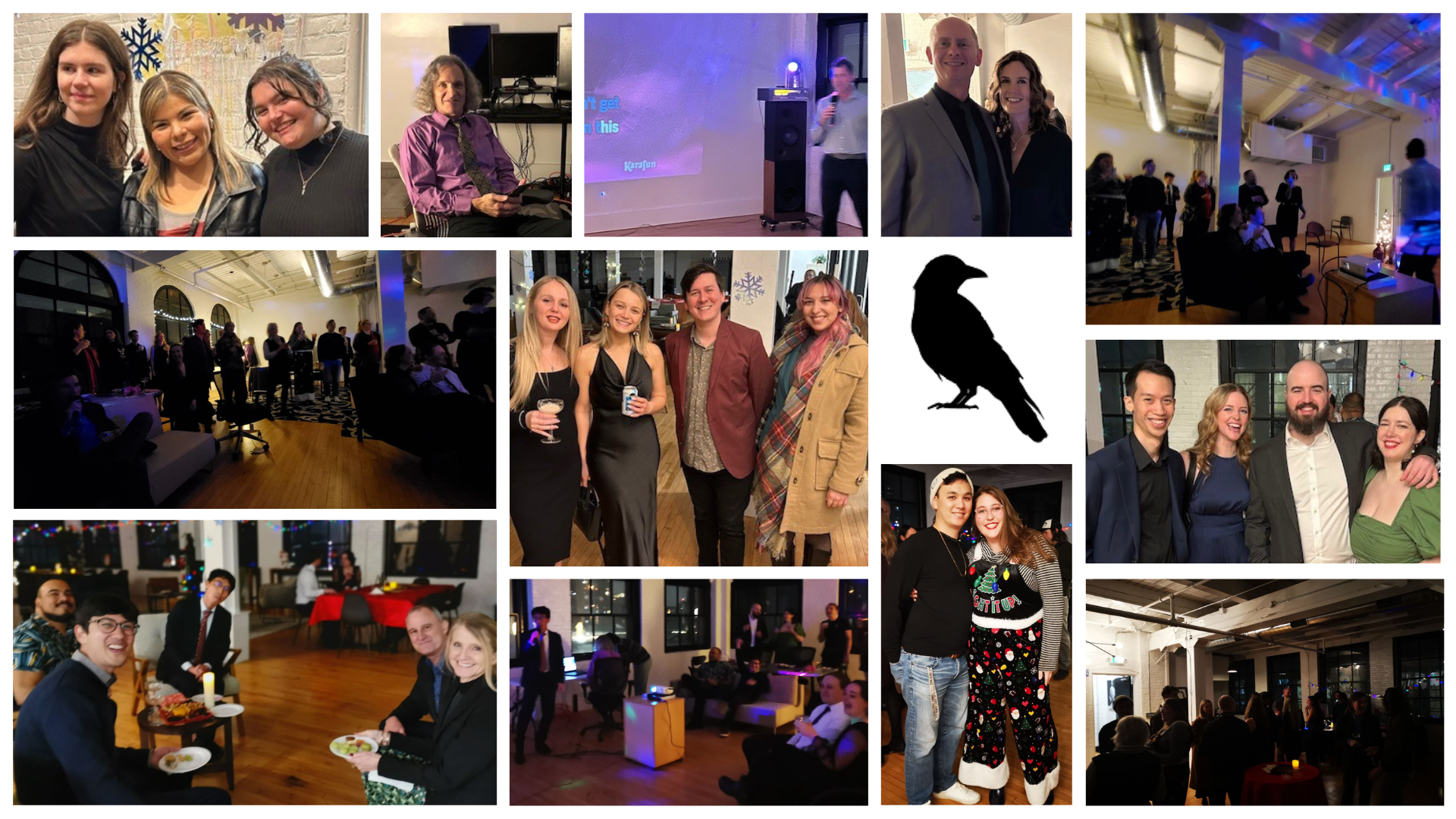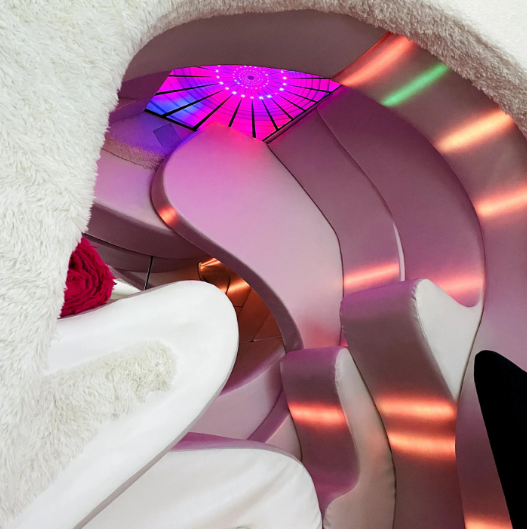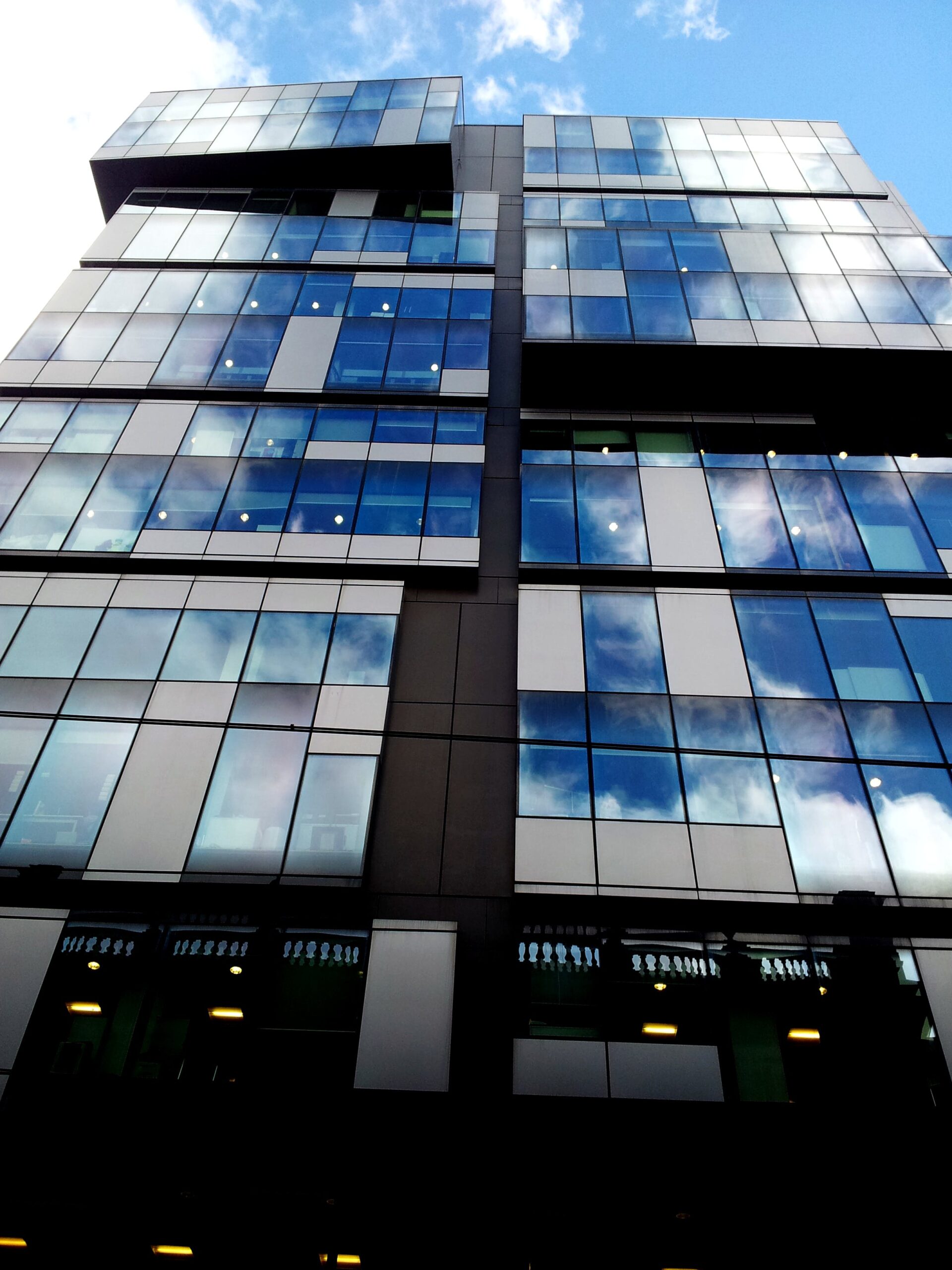
McCoy Russell LLP is thrilled to announce that the United States Patent and Trademark Office (USPTO) has issued a Notice of Acceptance and Acknowledgement for the Declaration of Use and Affidavit of Incontestability for the trademark “MCCOY RUSSELL LLP” (Reg. No. 5,473,241).
This latest development underscores the firm’s commitment to excellence in the field of intellectual property law. The registration covers Class 45 services, specifically legal services involving the representation of clients in matters related to intellectual property law.
Trademark Registration Particulars:
Mark: MCCOY RUSSELL LLP
Registration Number: 5,473,241
Class: Class 45
Services: Legal services, namely, representation of clients in intellectual property law matters
The Notice of Acceptance signifies not only the successful registration of McCoy Russell LLP’s trademark but also the recognition of the firm’s unwavering dedication to providing top-notch legal services in the realm of intellectual property. This milestone is a testament to the expertise and professionalism of McCoy Russell LLP’s trademark and branding specialty practice.
As McCoy Russell LLP continues to grow and excel, this trademark registration serves as a symbol of the firm’s dedication to providing exceptional legal services. The Notice of Acceptance is not just a legal formality; it is a reflection of McCoy Russell LLP’s ongoing commitment to diligence in serving clients in the realm of intellectual property law.
The firm looks forward to continuing its tradition of legal diligence and innovation in the field of intellectual property, and this latest achievement further solidifies McCoy Russell LLP’s position as a trusted legal partner for clients seeking expertise in intellectual property law matters.










Recent Comments